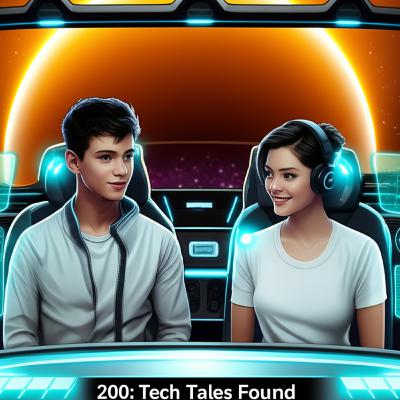KOffice: When Code Rebels: The Bitter Split That Forged a New Open-Source Future
Description
Calligra Suite emerged from a dramatic 2010 split within the KOffice project, a foundational open-source office suite developed under the KDE community since 1997. Originally conceived as a free alternative to Microsoft Office, KOffice aimed to provide integrated, open-source tools like KWord and KSpread under the GPLv2 license. However, growing tensions over technical direction, leadership, and especially the controversial transition to the newer GPLv3 license led to an irreparable rift. A significant group of core developers, disillusioned and committed to a different vision, forked the codebase to create Calligra Suite, marking a pivotal moment of digital defiance. This ’fork’ wasn’t merely a technical divergence but a philosophical and emotional schism, reflecting deep-seated values within the open-source movement. Calligra pursued innovation through modularity and specialization, focusing on high-quality, user-centric applications. While it included familiar tools like Calligra Words and Sheets, its true breakthroughs came with dedicated creative applications. Krita, a professional-grade digital painting program, evolved into a global phenomenon, empowering artists with advanced brush engines and layering tools previously available only in expensive commercial software. Karbon offered robust vector graphics capabilities, and Calligra Flow provided powerful diagramming features, carving out distinct niches where Calligra excelled. The split effectively ended KOffice’s momentum, which faded by 2012, underscoring the fragility of open-source projects dependent on core contributors. Calligra, meanwhile, leveraged its specialized strengths to build a loyal user base, particularly in creative and technical fields. Its success demonstrated that open-source innovation could thrive through focused development rather than direct competition with giants. The rise of cloud-based office suites like Google Docs posed new challenges, yet Calligra maintained relevance by emphasizing offline functionality, performance, data control, and deep feature sets that web apps often lack. Krita eventually became an independent project, a testament to the organic growth possible within open-source ecosystems. Today, Calligra continues as a stable, actively developed suite, often bundled with Linux distributions, serving users who value its unique capabilities and the principles of software freedom. Its story highlights the profound human elements behind technology: passion, conflict, and the pursuit of ideals. By providing free, powerful tools, Calligra and similar projects democratize access to essential software, enabling students, small businesses, and artists to create and succeed without financial barriers. This narrative underscores a lasting truth—that open-source software is not just about code, but about community, equity, and the enduring human spirit to build, share, and innovate freely.





